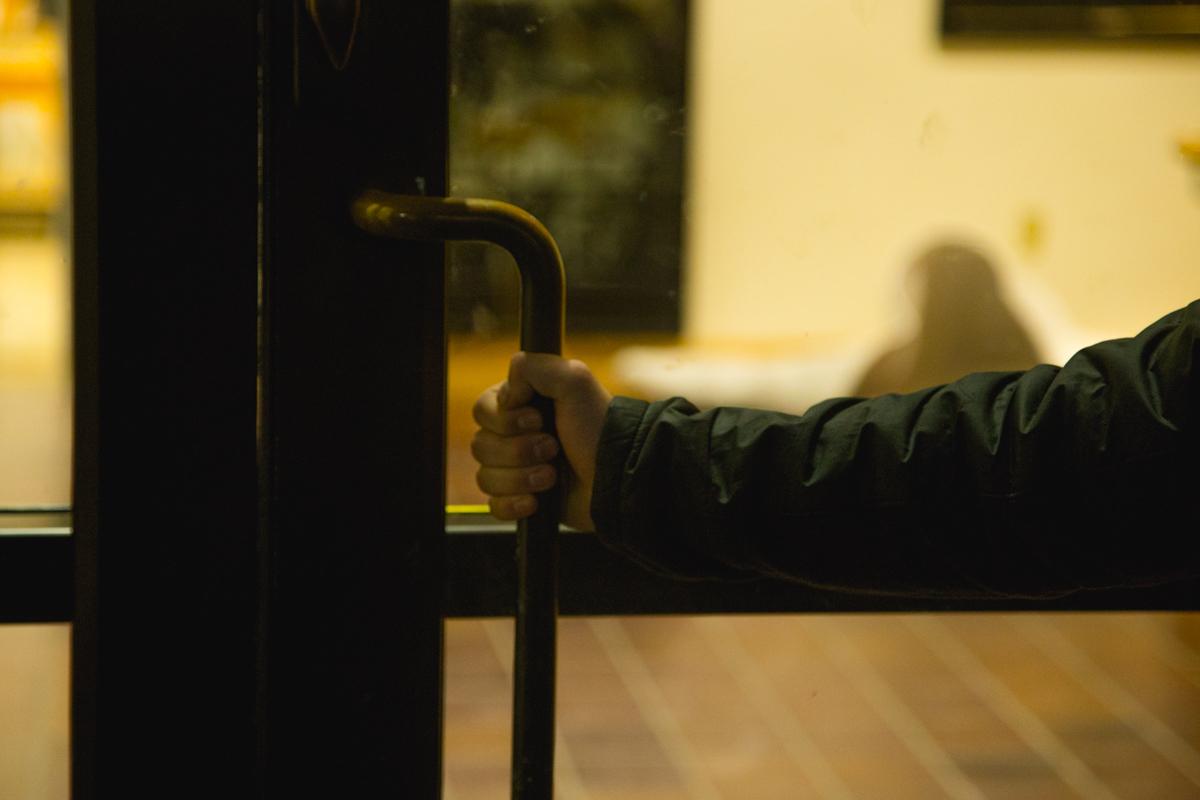
By Brady Antonelli /// Opinion Editor
Back in November, the Executive Council began a policy in response to a threatening emoji being posted on Yik-Yak, an anonymous social media application. This policy, which was designed to ensure the safety of students, blocks all access to residence halls other than the student’s own. The enactment of these restrictions was somewhat of an inconvenience to students, but the benefit of this – safety – was supposed to outweigh the inconvenience.
Unfortunately on the contrary, as almost any hall resident would know, it is not actually that hard to access a hall without a keycard. Between the hours of 10:00 a.m. and 10:00 p.m., there are students constantly coming and going every ten to fifteen minutes. Just as a matter of courtesy, they will almost always let someone in, regardless of whether or not they recognize the person as a student.
This makes it incredibly easy for a person without official access to get in simply by standing next to the door and smiling for ten to twenty minutes. This simply makes the keycard restrictions entirely useless, and just as inconvenient for students who simply want to visit a friend.
It may seem overly dramatic to claim that this restriction is detrimental to the community, but after close examination, this may actually be the case.
First of all, it creates a compartmentalization of students. Because it is so difficult to get into someone else’s dorm, students are more likely to stay within their own hall to socialize, therefore branching out less. This is in a school for which the motto is “Explorare, Discere, Sociare (to explore, to learn, to work together).” This restriction directly affects students’ ability to do two of those things which are in our motto, explore and work together, and all for the sake of an ineffective safety policy.
Second, after talking to a student regarding this rule, the negative impact became clearer, both amongst the students and between the students and administration. The student, who requested to remain anonymous, stated that there were several instances in which this policy was detrimental to his ability to reach friends, who he needed for emotional support under the circumstances.
When asked what he perceived as the benefit of the policy, he pointed out that he has heard some students say that they feel safer now that there are less people who have access to their hall, although they don’t have access to their homes. Their homes, he added, should be behind a locked door anyways. Lastly, I asked this student how this may have changed their perception of the administration. He simply replied that there’s a “sense of reminding the governed who’s boss.”
Whether the policy is in place because the administration wants to remind students who has the power, or if it truly is a means of keeping students safe, the bottom line is that it’s as ineffective as it is inconvenient.
Furthermore, though many Lewis & Clark students seemed to be under the impression that this policy was temporary at the end of last semester, this does not seem to be the case. Sandi Bottemiller, the Director of Housing and Orientation, commented on the future of the access restrictions, “there is no plan to adjust current access levels for the remainder of the academic year” and they are considering continuing this inconvenient false sense of security into the 2015-16 season.
Subscribe to the Mossy Log Newsletter
Stay up to date with the goings-on at Lewis & Clark! Get the top stories or your favorite section delivered to your inbox whenever we release a new issue.

Leave a Reply